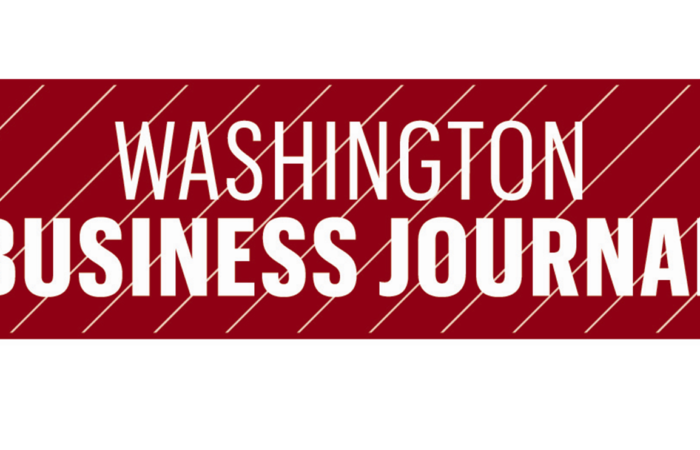On August 28, 2020, the Internal Revenue Service (IRS) issued Notice 2020-65 to provide needed guidance on an Executive Order issued by President Trump on August 8, 2020 titled “Memorandum on Deferring Payroll Tax Obligations in Light of the Ongoing COVID-19 Disaster.” The Order directed the Secretary of the Treasury to permit deferral of Social Security tax (Old Age, Survivors and Disability Insurance – OASDI) withholding and payment for payroll dates on and after September 1, 2020 through December 31, 2020. Employers and employees split the responsibility for a 12.4% levy that funds Social Security and a 2.9% tax to support Medicare. The Social Security tax is subject to an annually adjusted wage cap ($137,700 in 2020), but the Medicare tax is assessed beyond that threshold.
Deferral of Tax on Applicable Wages
The Order states the deferral of employee OASDI taxes is to be limited to employees with bi-weekly pay of less than $4,000 with appropriated adjustments made for other payroll periods (the “Maximum Wage Limitation”). Notice 2020-65 clarifies the Maximum Wage Limitation is separately determined for each employee in each payroll period. The Notice offers no options to employers on how to implement that kind of fluctuating limit with an existing payroll system.
Subsequent Deduction and Payment of the Deferred Taxes
Notice 2020-65 states that from January 1, 2021 to April 30, 2021, the employer must “ratably” deduct and defer employee OASDI taxes from the wages paid to the employee and pay them over to the IRS. If those deductions and payments are not made, penalties and interest will begin to accrue on the unpaid taxes on May 1, 2021.
The Notice does not mention what an employer should do if the employee terminated employment, has a leave of absence or otherwise does not have enough wages in 2021 to accomplish the required deductions for the previously deferred employee OASDI taxes. It merely states “If necessary, the Affected Taxpayer may make arrangements to otherwise collect the total Applicable Taxes from the employee.”
Options
The Notice is silent as to whether or not participation in the deferral program is optional. However, general consensus at this point is employers may opt-in or decide not to participate. If an employer opts-in, it is unclear as to whether individual employees must be given the choice to opt-out. It seems likely that this electivity should be required because employees should not be forced to accept a loan they do not want.
Conclusion
The Order signed by the President and the guidance issued by the IRS provides very limited information regarding the deferral of the employees’ portion of the OASDI tax. Payment of the tax may be deferred for pay periods from September 1, 2020 through December 31, 2020 and must be paid “ratably” between January 1, 2021 and April 30, 2021. The employer is apparently liable for payment of the deferral if the employee’s employment is terminated before all witholdings are made, unless alternative collection steps are taken. Keep in mind that this payroll tax holiday is only a deferral. The President has promised to do away with the tax if reelected, it would require an act of Congress to wipe out the liability altogether.
Prepared By:
Lewis A. Chabot, CPA | Tax Manager




